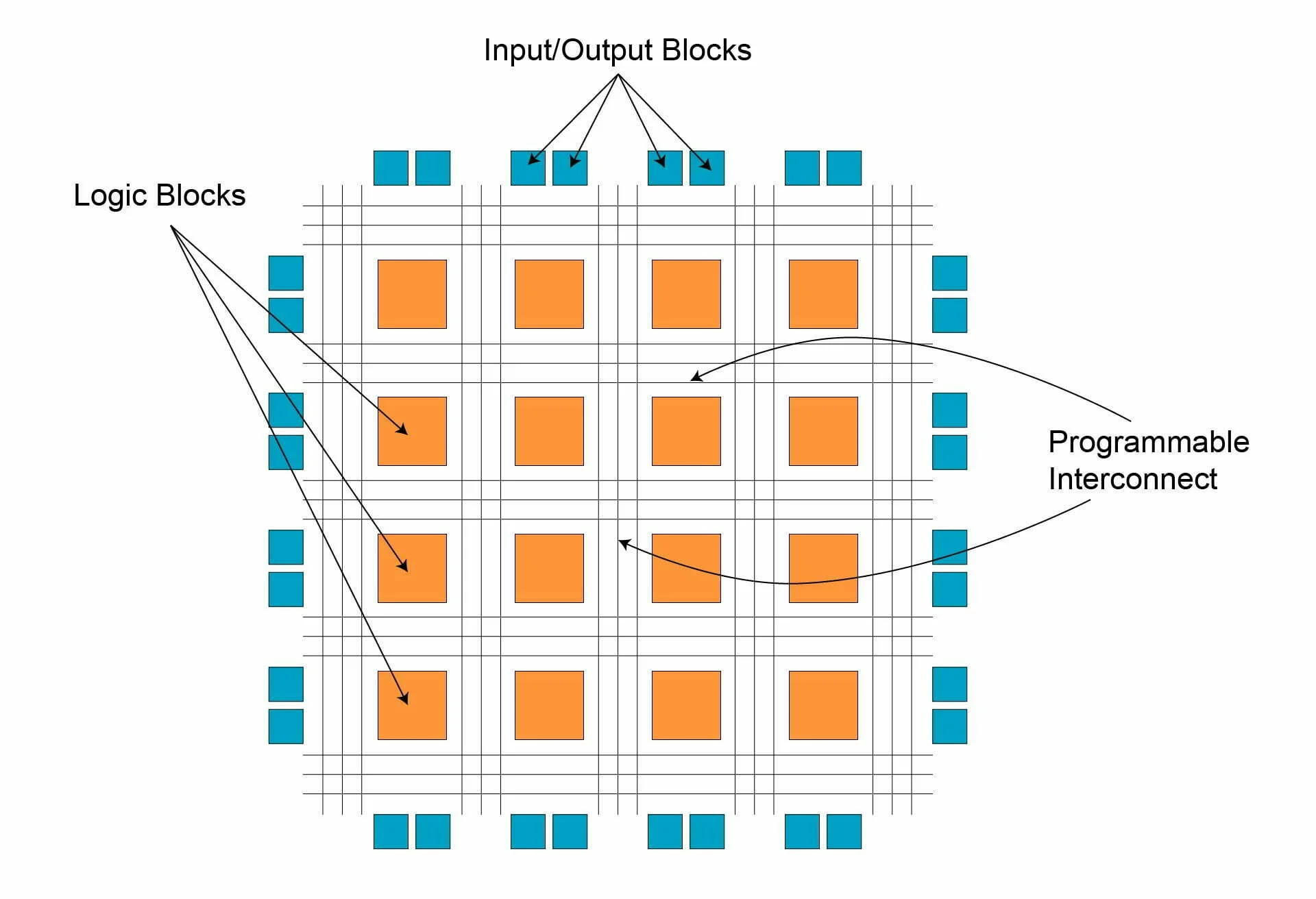In the realm of digital electronics, programmable logic devices (PLDs) have revolutionized the way engineers design and implement complex digital systems. Among these versatile devices, field-programmable gate arrays (FPGAs) and complex programmable logic devices (CPLDs) stand out as prominent choices. While both offer flexibility and reconfigurability, they differ in their underlying architecture, capabilities, and applications.
Delving into the Architecture of FPGAs and CPLDs
FPGAs, often referred to as “fabric-based logic devices,” are characterized by their fine-grained architecture, consisting of an array of configurable logic blocks (CLBs) and a rich interconnect network. Each CLB typically comprises multiple logic cells, enabling the implementation of a wide range of digital functions.

CPLDs, on the other hand, employ a coarser-grained architecture, utilizing larger functional blocks known as macrocells. These macrocells contain predefined logic gates and flip-flops, offering a more structured and predictable design environment.

Comparing Capabilities and Performance
FPGAs, with their fine-grained architecture, boast higher logic density and greater flexibility compared to CPLDs. This allows FPGAs to handle more complex designs and implement more intricate logic operations. Additionally, FPGAs often incorporate specialized features such as high-speed transceivers, memory blocks, and digital signal processing (DSP) units.
CPLDs, despite their lower logic density, offer faster design cycles and lower power consumption due to their simpler architecture. They are well-suited for applications that require predictable timing behavior and lower latency.
Applications: Where FPGAs and CPLDs Shine
FPGAs, with their high logic density and flexibility, excel in applications that demand high performance and adaptability. These include:
Digital signal processing (DSP): FPGAs are widely used in DSP applications, such as audio and video processing, due to their ability to implement complex algorithms efficiently.
Telecommunications: FPGAs play a crucial role in telecommunications systems, enabling the implementation of high-speed protocols and signal processing algorithms.
Medical imaging: FPGAs are used in medical imaging devices, such as MRIs and CT scanners, to process and analyze complex data.
CPLDs, on the other hand, are well-suited for applications that require lower latency and predictable timing behavior. These include:
Glue logic: CPLDs are often used as glue logic to connect various components in a digital system and provide protocol conversion and data routing.
State machine implementation: CPLDs are well-suited for implementing state machines, which are essential in many digital control systems.
Interfacing with external devices: CPLDs are often used to interface with external devices, such as sensors and actuators, due to their ability to handle different timing requirements.
Making the Right Choice: FPGA vs. CPLD
The choice between an FPGA and a CPLD depends on the specific requirements of the application. For applications that demand high performance, flexibility, and the ability to handle complex algorithms, FPGAs are the preferred choice. However, for applications that prioritize lower latency, predictable timing behavior, and lower power consumption, CPLDs offer a more suitable solution.
Conclusion: A Symphony of Programmable Logic
FPGAs and CPLDs, with their unique architectural strengths and capabilities, have revolutionized the world of digital design. Understanding their distinctions and aligning them with specific application requirements is crucial for developing efficient, high-performance digital systems. Whether it’s the intricate world of DSP or the precise timing demands of telecommunications, FPGA and CPLD stand ready to deliver the power, flexibility, and adaptability needed for innovation in the ever-evolving realm of digital electronics.